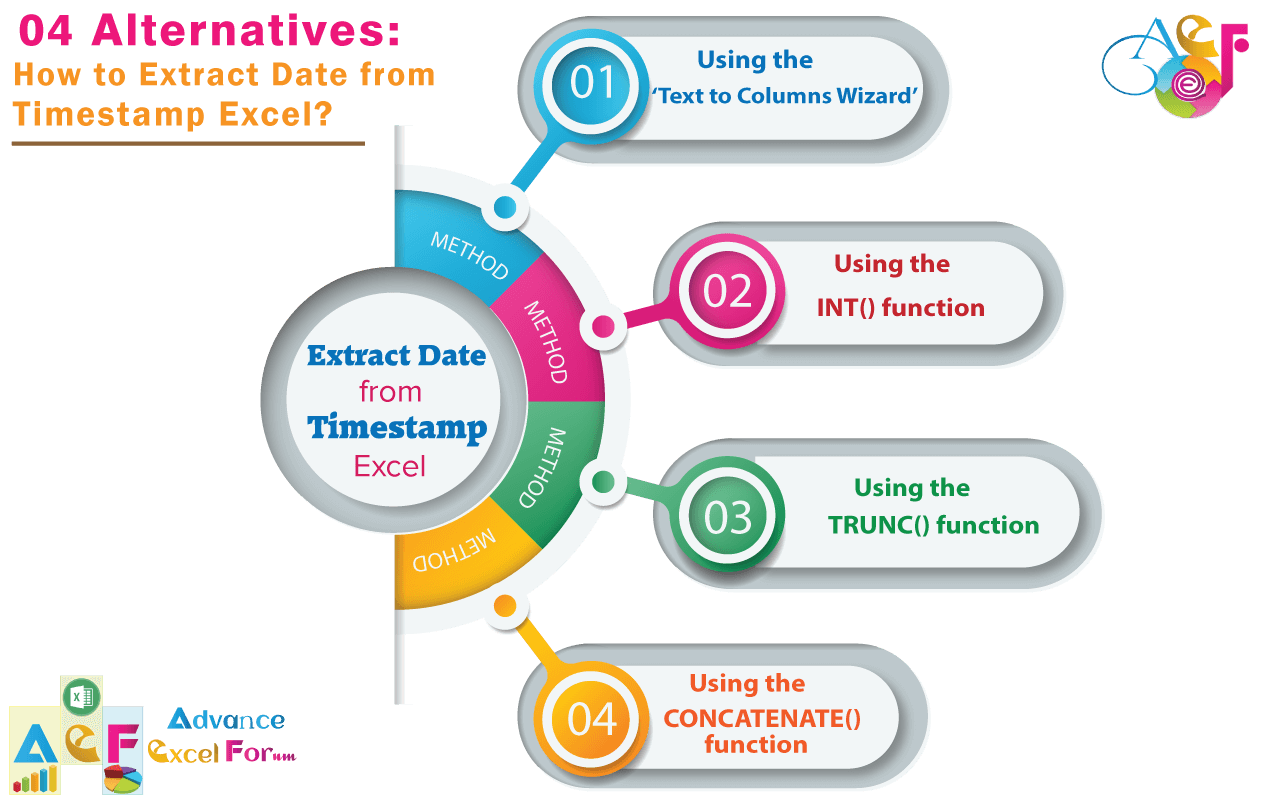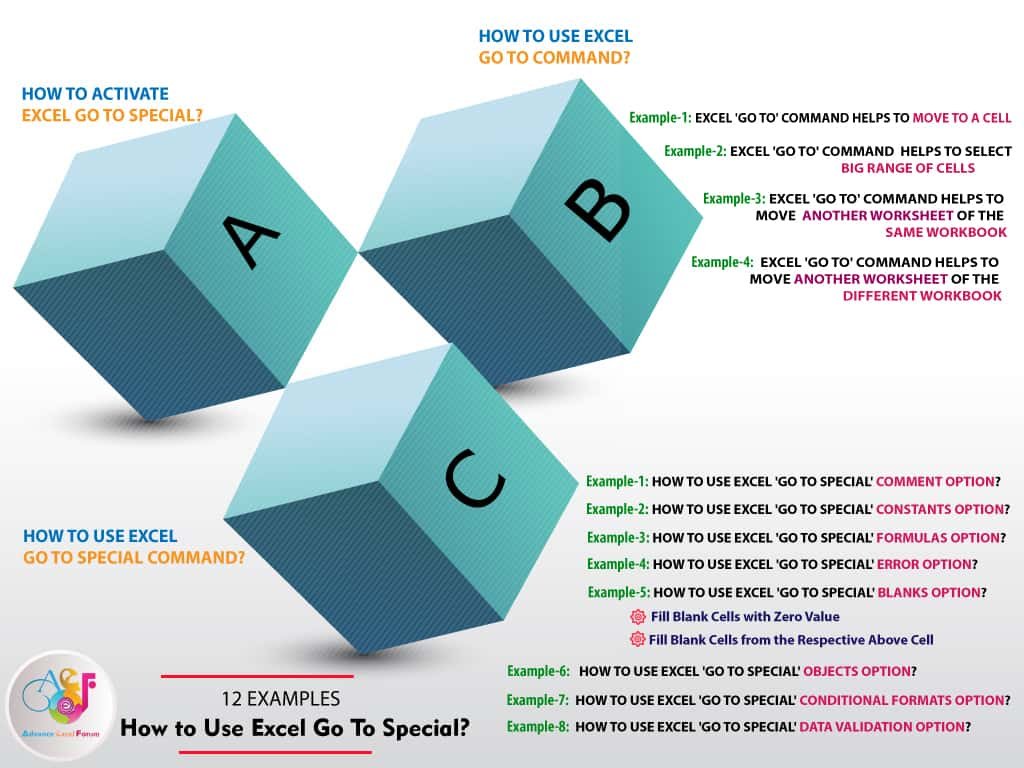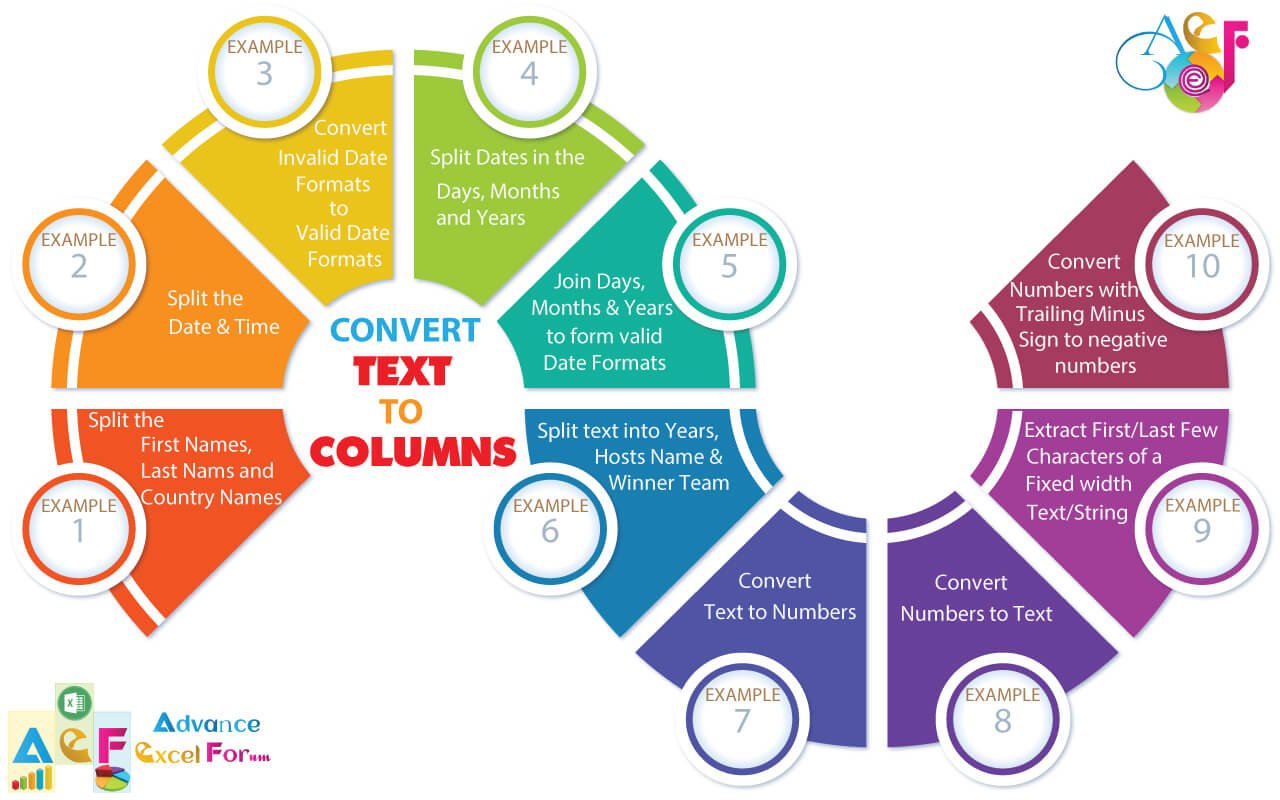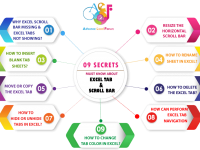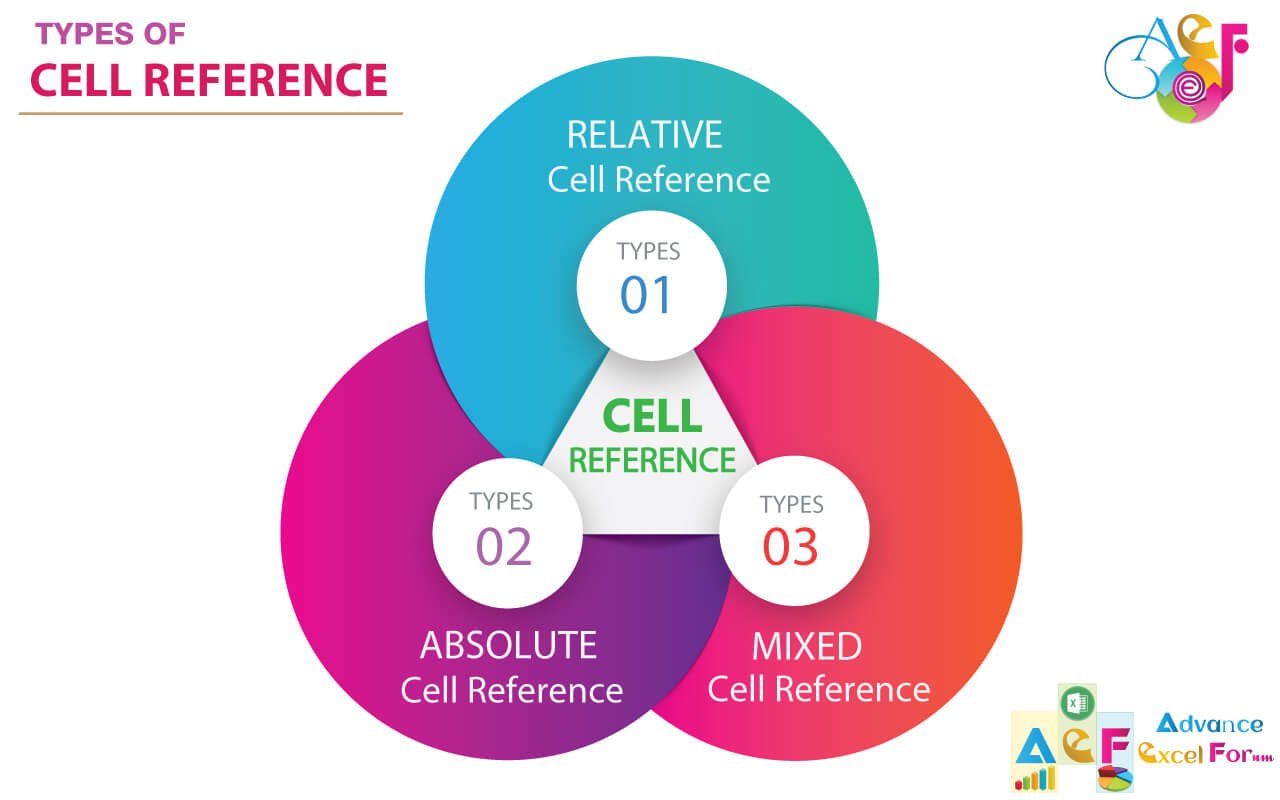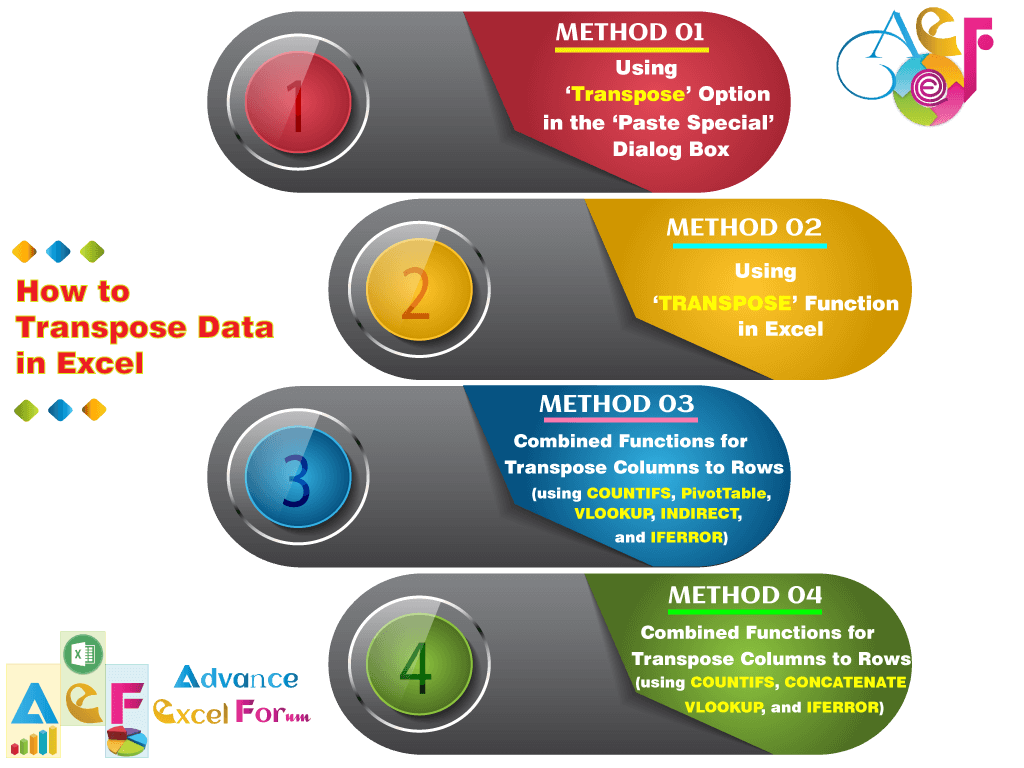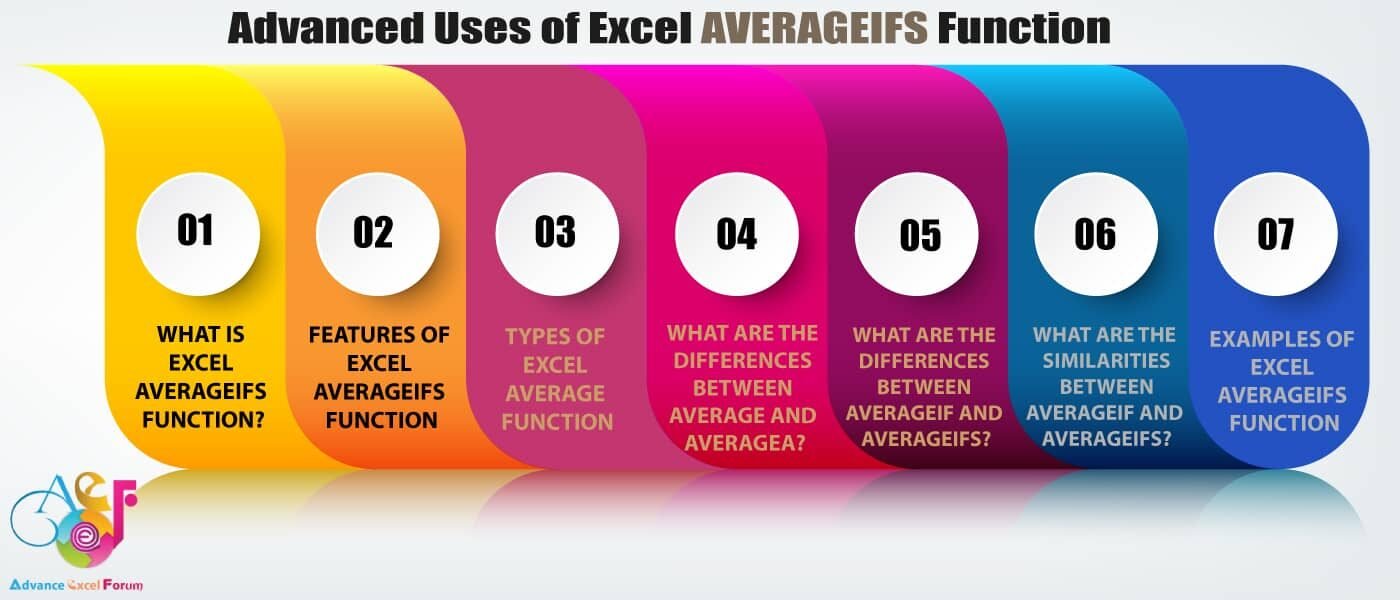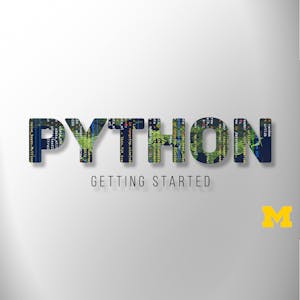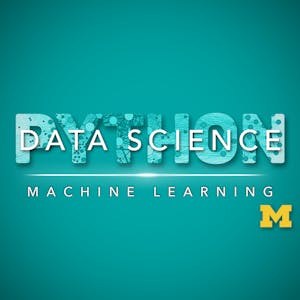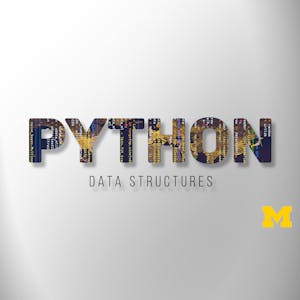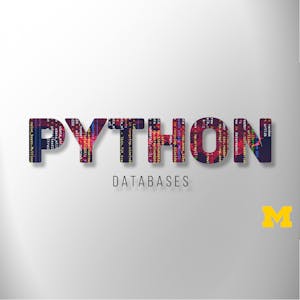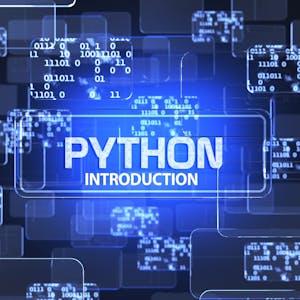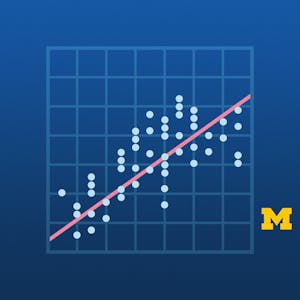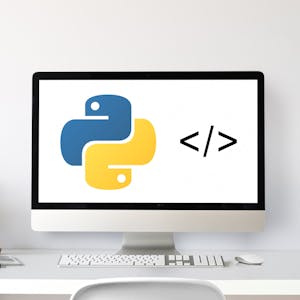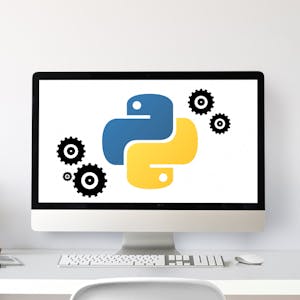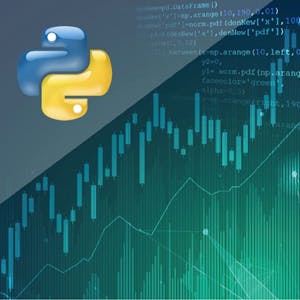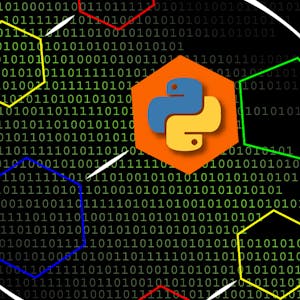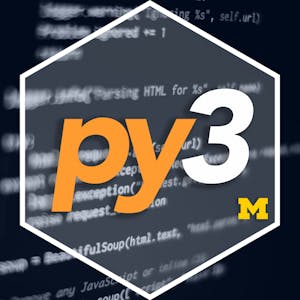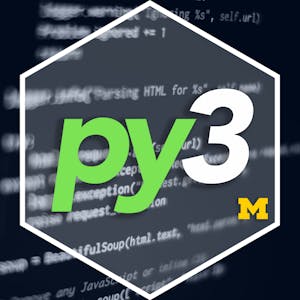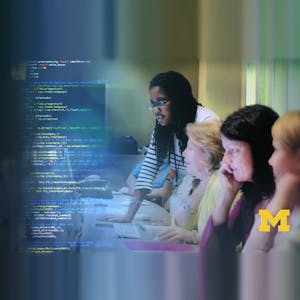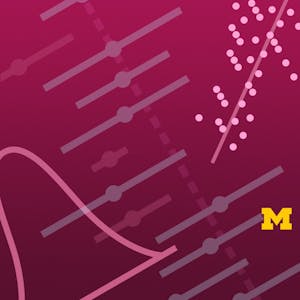In this tutorial, we’ve suggested 45 premium best online Python courses from Top online platforms like ed2go, Coursera, and Udemy. Hope that these courses help to grow your professional and academic career simultaneously.
Also Read: 36+ BEST ADVANCED EXCEL COURSE ONLINE | By ed2go |
Also Read: 30+ BEST ADVANCE EXCEL COURSES | By Coursera, Udemy |
TABLE OF CONTENTS:
Toggle➢ COMMON PROGRAMMING LANGUAGES
● Java
● C
● C++
● C#
● Python
● JavaScript
● PHP
● Ruby
● SQL
● Matlab
➢ WHAT IS PYTHON?
Python is a general-purpose interpreted, interactive, object-oriented, and high-level programming language. Python was designed to be highly readable which uses English keywords frequently, whereas other languages use punctuation and it has fewer syntactical constructions than other languages.
Python is capable of scripting, but in a general sense, it is considered a general-purpose programming language.
Python supports multiple programming patterns, including object-oriented, and functional or procedural programming styles.
● Python is Interpreted: This means that it is processed at runtime by the interpreter and you do not need to compile your program before executing it. This is similar to PERL and PHP.
● Python is Interactive: This means that you can actually sit at a Python prompt and interact with the interpreter directly to write your programs.
● Python is Object-Oriented: This means that Python supports an Object-Oriented style or technique of programming that encapsulates code within objects.
● Python is Beginner’s Language: Python is a great language for beginner programmers and supports the development of a wide range of applications from simple text processing to WWW browsers to games.
➢ HISTORY OF PYTHON
● It was created by Guido van Rossum during 1985- 1990 at the National Research Institute for Mathematics and Computer Science in the Netherlands
● Python is derived from many other languages, including ABC, Modula-3, C, C++, Algol-68, SmallTalk and Unix shell, and other scripting languages.
● Python is copyrighted. Like Perl, Python source code is now available under the GNU General Public License (GPL).
● Python is now maintained by a core development team at the institute, although Guido van Rossum still holds a vital role in directing its progress.
➢ PYTHON ARCHITECTURE
● Parser: It uses the source code to generate an abstract syntax tree.
● Compiler: It turns the abstract syntax tree into Python bytecode.
● Interpreter: It executes the code line by line in a REPL (Read-Evaluate-Print-Loop) fashion.
➢ PYTHON FEATURES
Python’s feature highlights include:
● Easy-to-learn: Python has relatively few keywords, a simple structure, and a clearly defined syntax. This allows the student to pick up the language in a relatively short period of time.
● Easy-to-read: Python code is much more clearly defined and visible to the eyes.
● Easy-to-maintain: Python’s success is that its source code is fairly easy to maintain.
● A broad standard library: One of Python’s greatest strengths is the bulk of the library is very portable and cross-platform compatible on UNIX, Windows, and Macintosh.
● Interactive Mode: Support for an interactive mode in which you can enter results from a terminal right to the language, allowing interactive testing and debugging of snippets of code.
● Portable: Python can run on a wide variety of hardware platforms and has the same interface on all platforms.
● Extendable: You can add low-level modules to the Python interpreter. These modules enable programmers to add to or customize their tools to be more efficient.
● Databases: Python provides interfaces to all major commercial databases.
● GUI Programming: Python supports GUI applications that can be created and ported to many system calls, libraries and windows systems, such as Windows MFC, Macintosh and the X Window system of Unix.
● Scalable: Python provides a better structure and support for large programs than shell scripting.
Apart from the above-mentioned features, Python has a big list of good features, a few are listed below:
● Support for functional and structured programming methods as well as OOP.
● It can be used as a scripting language or can be compiled to byte-code for building large applications.
● Very high-level dynamic data types and supports dynamic type checking.
● Supports automatic garbage collection.
● It can be easily integrated with C, C++, COM, ActiveX, CORBA, and Java.
➢ STANDARD DATA TYPES IN PYTHON
The data stored in memory can be of many types. For example, a person’s age is stored as a numeric value and his/her address is stored as alphanumeric characters. Python has various standard types that are used to define the operations possible on them and the storage method for each of them.
Python has five standard data types:
● Numbers
● String
● List
● Tuple
● Dictionary
➢ PYTHON NUMBERS
Number data types store numeric values. They are immutable data types which means that changing the value of a number data type results in a newly allocated object.
Python supports four different numerical types:
● int (signed integers);
● long (long integers [can also be represented in octal and hexadecimal]);
● float (floating point real values);
● complex (complex numbers).
➢ PYTHON BASIC OPERATORS
Python language supports the following types of operators.
● Arithmetic Operators
● Comparison (i.e., Relational) Operators
● Assignment Operators
● Logical Operators
● Bitwise Operators
● Membership Operators
● Identity Operators
➢ PYTHON APPLICATIONS
● Build a website
● Develop a game
● Perform Computer Vision (Facilities like face-detection and color-detection)
● Implement Machine Learning (Give a computer the ability to learn)
● Enable Robotics
● Perform Web Scraping (Harvest data from websites)
● Perform Data Analysis
● Automate a web browser
● Perform Scripting
● Perform Scientific Computing
● Build Artificial Intelligence
➢ PYTHON USED AROUND THE GLOBE
● Google – It uses Python for many tasks including the backends of web apps such as Google Groups, Gmail, and Google maps, as well as for some of its search-engine internals.
● NASA – It is using Python to implement a CAD/CAE repository and model management, integration, and transformation system which will be the core infrastructure for its next-generation collaborative engineering environment.
● Walt Disney – It uses it for graphics.
● Youtube – It uses Python to produce maintainable features in record times, with a minimum of developers.
➢ PYTHON PROGRAMS OVERVIEW
● Programs are composed of modules;
● Modules contain statements;
● Statements contain expressions;
● Expressions create and process objects

Premium Courses on ed2go
Premium Courses on Coursera
Premium Courses on Udemy
Thanks for your interest joining to Advance Excel Forum community.
Something went wrong.

Join Our Community List
Subscribe to our mailing list and get interesting stuff and updates to your email inbox.
* VERIFY & CONFIRM YOUR EMAIL * We respect your privacy and take protecting it seriously*.


